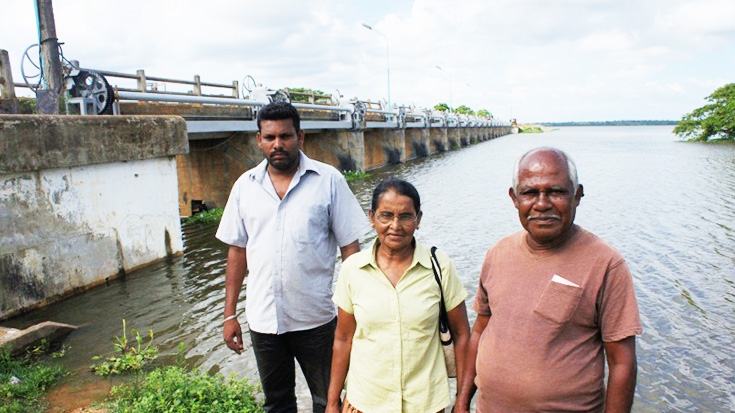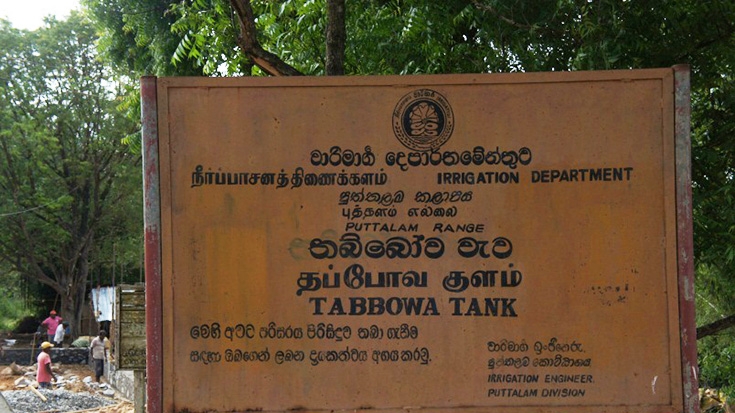“I bought a two wheeled tractor last year,” he said, explaining that he earned around R65,000 per season for renting it out to other farmers.
Sri Lanka relies heavily on a dam network of 270 medium and 80 large-scale dams to provide irrigation water for farms in its dry zone, which covers two thirds of the country. Many of the dams are over 100 years old and their maintenance has been badly neglected, particularly in the conflict-affected North and East. That has turned parts of the network into a growing public safety hazard, while unpredictable weather patterns associated with climate change are making matters worse.
The $65 million World Bank Dam Safety and Water Resources Planning Project, approved in March, 2008, targets 32 large dams whose poor condition poses a high risk of failure. It also improves the access roads, lighting, and other basic facilities at the other 48 large dams. Crucially, the project incorporates sustainable arrangements to ensure long-term management and upkeep of each dam to ensure that safety standards are maintained.
Since inception it was recently, May 2014, extended by a further $83 million to widen the scope to include additional high risk dams, including in the the North and East, where substantial work had not previously been possible due to fighting, as well as completing the original project for which costs had been higher than initially estimated. The total project, to be completed by 2018, will reach over one million beneficiaries.
Tabbowa Dam, which cost R194 million to rehabilitate, now irrigates 1,,000 hectares of farmland. Its water supports 1,500 families, including 150 households who make a living from fishing. The rest of the villagers farm paddy in the Maha, or first monsoon season, and vegetables and other field crops in the Yala, or second monsoon season
Local villagers appreciate not having to worry about a flood in the night, and they have seen a genuine improvement in their living standards due to the better access to water for irrigation and drinking.
“We used to get social welfare,” said R.M. Sampath, who now farms paddy and field crops like groundnuts and maize. “Our crop yields are up 100 percent. Before, when we could not fill the dam full, there was not enough to water the paddy fields. Now we have enough for a second crop,” said the 38-year old, who has used the extra income to buy a rice mill which he uses to process his neighbors’ rice.
A father of four-year old twins, Sampath reckons that the family’s income has tripled, to around R35,000 a month. “Before, it was hard to feed the children and send them to school. Now we can do both,” he said, looking towards the fields of paddy below the dam, where a tuktuk driver selling lottery tickets was trundling from farmer to farmer.
More money in the village also means opportunities to start up other small businesses, including S.A. Ringanie’s poultry farm. She has 250 chickens laying eggs, which provide her with a steady income at R12 per egg, plus 100 birds being reared at any one time for sale in the local markets.
The 64-year old, who has four sons, two daughters, and nine grandchildren, got into poultry farming a year ago and has noticed the improved prosperity of local farmers having a direct impact on the livelihood of her own family, which now earns around R25,000 a month from farming.


